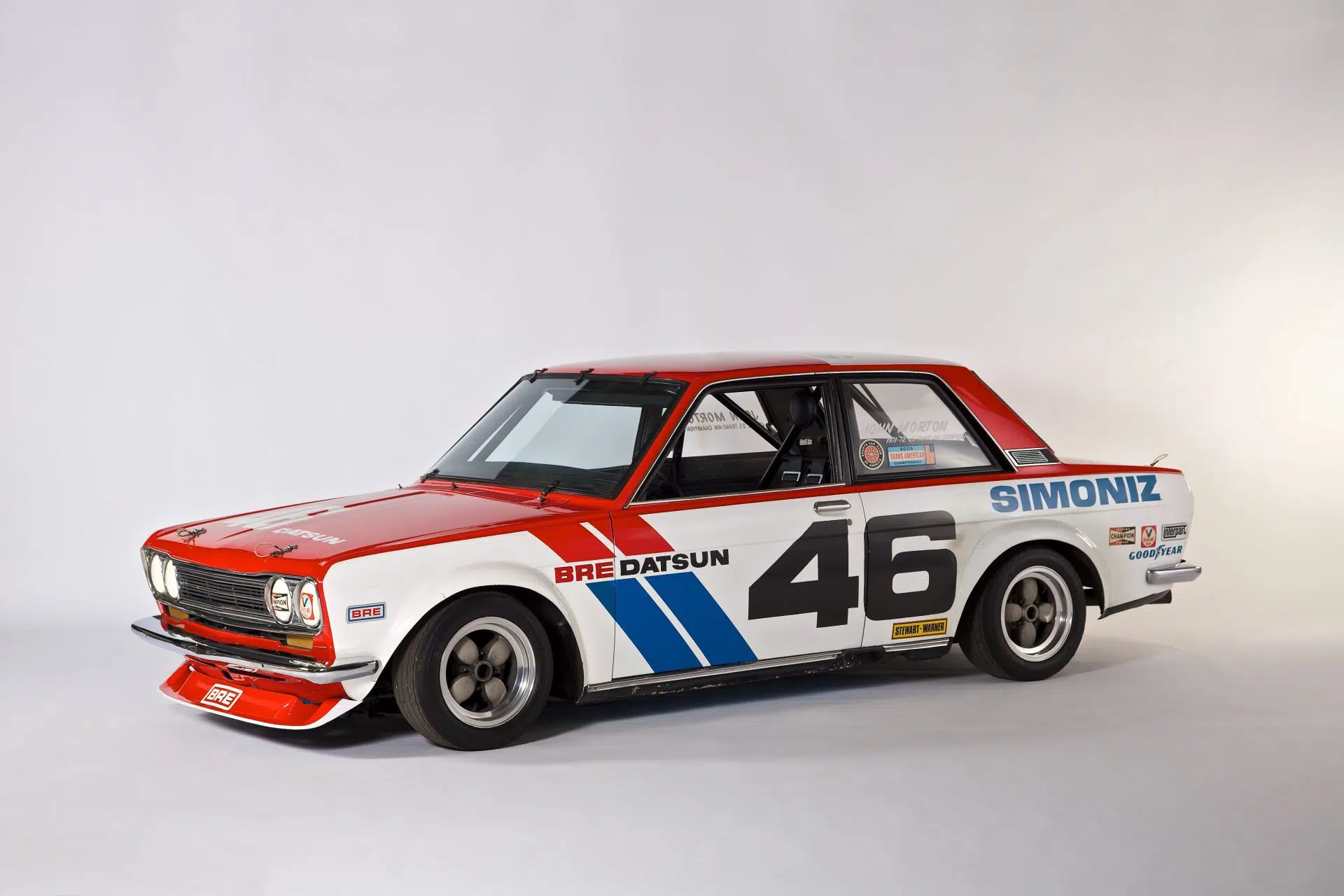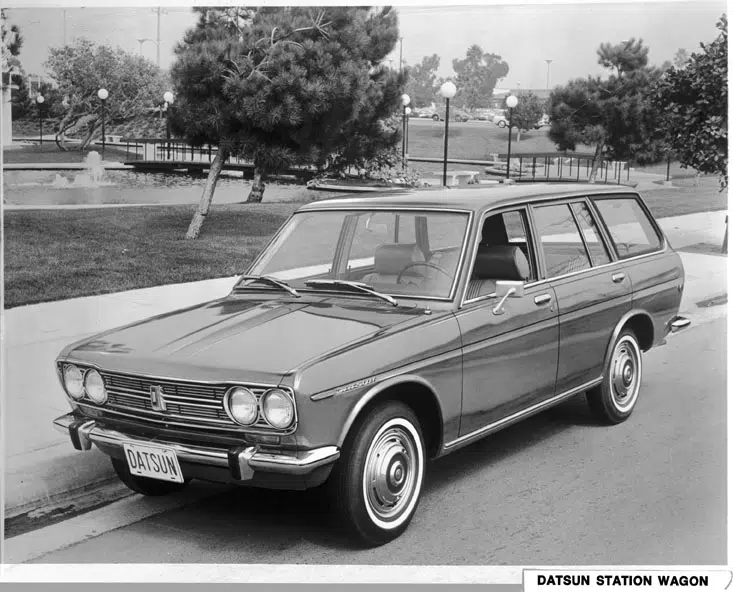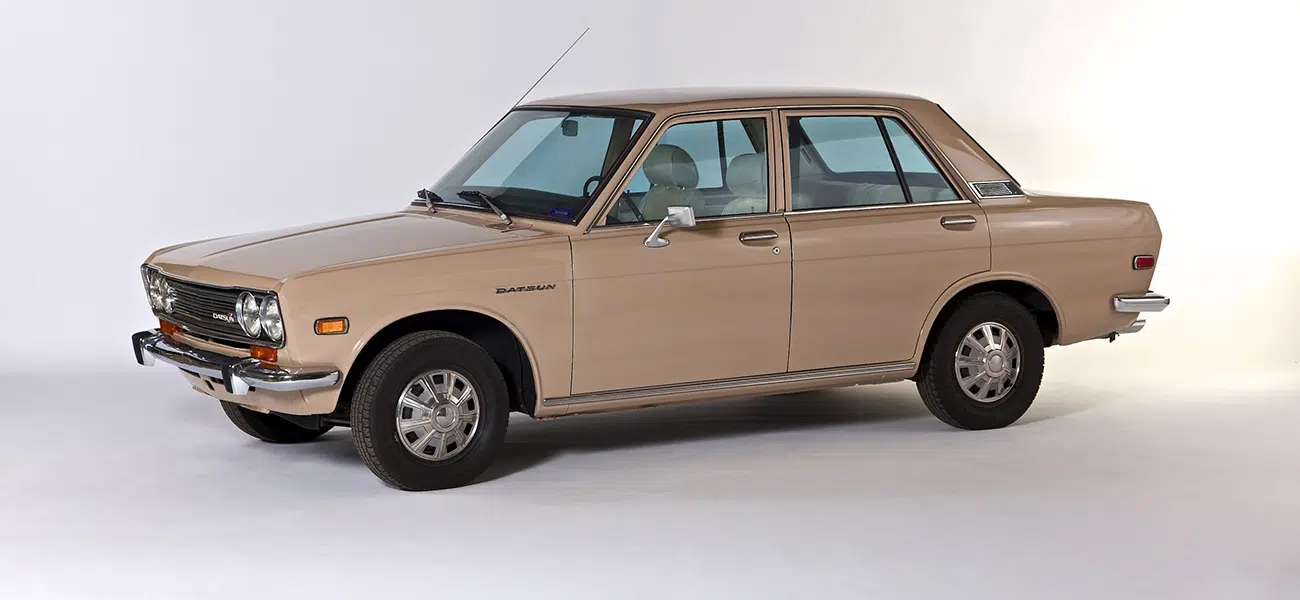The 510 blazed the commercial trail for Nissan in the U.S. and paved the way for decades of success with sedan models. Housed in the basement of the Lane Motor Museum in Nashville, Tennessee, the Nissan Heritage Collection is home to a number of production vehicles as well as important prototypes for Nissan in the U.S.
65 years ago Nissan began selling Datsun-branded cars in the U.S., starting with the Datsun 1200 sedan in 1958. However, facing stiff domestic and European competition, Datsun models struggled to make a dent in the U.S. market until the Datsun 510 arrived a decade later.
Legendary Nissan executive Yutaka Katayama, known as "Mr K" and widely acknowledged as the "father" of the Z sports car, played a major role in the success of the 510. Compared to European competition, Katayama convinced Nissan's leadership that a car with a higher standard of design and performance was needed if the Japanese brand was to survive in the highly competitive U.S. market.
The Datsun 510, from the Bluebird series, arrived in the USA in 1968. Attractive and enjoyable to drive, as well as economical for the owner, it was originally available as a sedan and wagon, with a two-door coupe version joining the lineup later.
Technical features included a sporty but comfortable independent suspension and an impressive 1.6-litre, 96bhp engine. The market appreciated the performance of the Datsun 510 and compared it favourably to European rivals, with an affordable cost advantage.
The 510 proved to be a great success for Nissan, recording 300,000 sales in the U.S. during its short production run through 1973. In 1971, the 510 accounted for over 40% of Nissan's U.S. sales. The car helped the Japanese brand position itself strongly in the competitive U.S. auto market and was a boon to Nissan's small but growing dealer network.
"Our dealer friends, with whom we had shared difficult times, were able to grow into successful entrepreneurs," Katayama had said in an earlier interview with Nissan. "But all of them were very grateful and thanked Nissan for helping them have such success."
The car also made its mark in the world of motorsport, with the #46 Datsun 510 racing the SCAA 2.5 litre Trans Am 2.5 litre championship in 1971 and 1972. It was Nissan's first win in professional racing, followed by a string of racing successes on the international racing circuit. To this day, the 510 remains active and respected in historic club racing.
However, perhaps most significantly, the 510 paved the way for the next generations of Nissan sedan models, as the first in a long line of "4-door sports cars". The "roots" of this success can be traced back to the Datsun 810 Maxima, establishing the Nissan Maxima, for more than four decades, as the company's premier sedan.
There are currently three 510 models in the Nissan Heritage collection: a Datsun 510 racing coupe built by Brock Racing Enterprises and returned to Nissan after its final racing season, a 1972 Datsun 510 sedan purchased by its previous owner in 2013, and a 1972 Datsun 510 wagon donated to Nissan under the last will and testament of a newspaper columnist with friendly ties to Yutaka Katayama. The Nissan Heritage collection is accessible only through a private tour.










